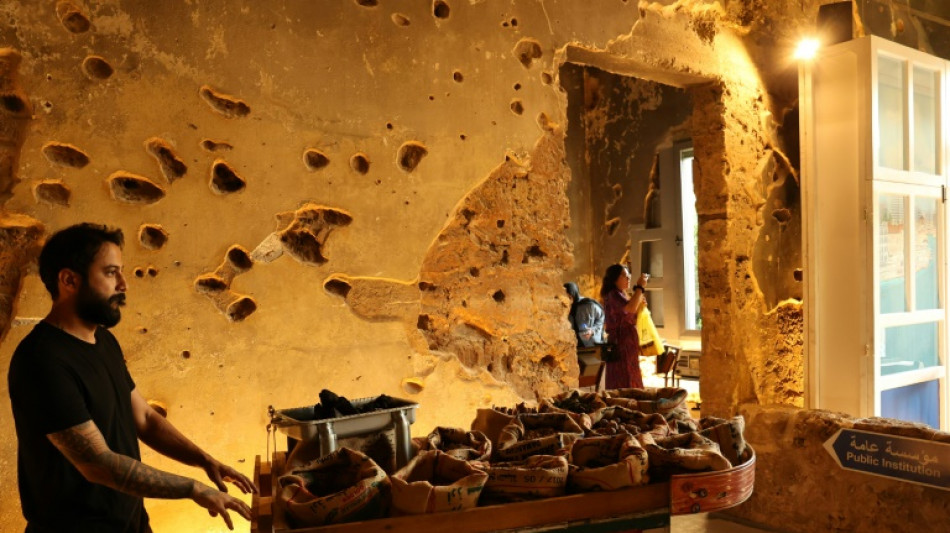
-
 Dumornay gives Lyon first leg lead over Arsenal in women's Champions League semis
Dumornay gives Lyon first leg lead over Arsenal in women's Champions League semis
-
Trans rights supporters rally outside UK parliament after landmark ruling
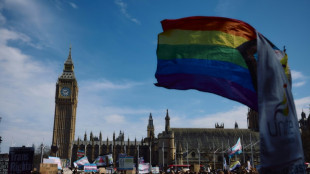
-
 Rune destroys Khachanov to reach Barcelona Open final
Rune destroys Khachanov to reach Barcelona Open final
-
From Messi to Trump, AI action figures are the rage

-
 Vance discusses migration during Vatican meeting with pope's right-hand man
Vance discusses migration during Vatican meeting with pope's right-hand man
-
Afghan FM tells Pakistan's top diplomat deportations are 'disappointment'
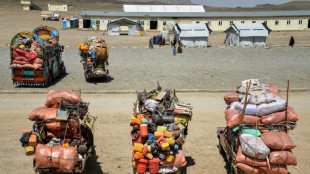
-
 British cycling icon Hoy and wife provide solace for each other's ills
British cycling icon Hoy and wife provide solace for each other's ills
-
Money, power, violence in high-stakes Philippine elections

-
 Iran, US hold second round of high-stakes nuclear talks in Rome
Iran, US hold second round of high-stakes nuclear talks in Rome
-
Japanese warships dock at Cambodia's Chinese-renovated naval base
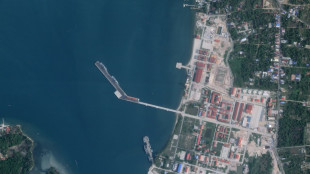
-
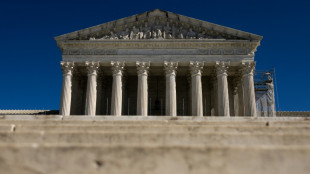 US Supreme Court pauses deportation of Venezuelans from Texas
US Supreme Court pauses deportation of Venezuelans from Texas
-
Pakistan foreign minister arrives in Kabul as Afghan deportations rise

-
 Heat and Grizzlies take final spots in the NBA playoffs
Heat and Grizzlies take final spots in the NBA playoffs
-
Iran, US to hold second round of high-stakes nuclear talks in Rome

-
 Humanoid robots stride into the future with world's first half-marathon
Humanoid robots stride into the future with world's first half-marathon
-
Migrant's expulsion puts Washington Salvadorans on edge

-
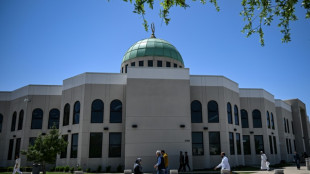 Plan for expanded Muslim community triggers hope, fear in Texas
Plan for expanded Muslim community triggers hope, fear in Texas
-
Pakistan foreign minister due in Kabul as deportations rise
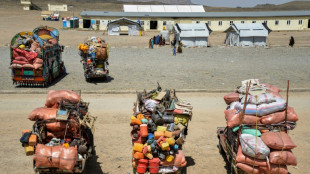
-
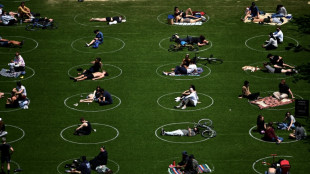 White House touts Covid-19 'lab leak' theory on revamped site
White House touts Covid-19 'lab leak' theory on revamped site
-
Dodgers star Ohtani skips trip to Texas to await birth of first child

-
 How Motorcycling Builds Life-Long Friendships
How Motorcycling Builds Life-Long Friendships
-
SFWJ / Medcana Announces Strategic Expansion Into Australia With Acquisition of Cannabis Import and Distribution Licenses

-
 US senator says El Salvador staged 'margarita' photo op
US senator says El Salvador staged 'margarita' photo op
-
Ford 'adjusts' some exports to China due to tariffs

-
 Thomas maintains two-shot lead at RBC Heritage
Thomas maintains two-shot lead at RBC Heritage
-
US to withdraw some 1,000 troops from Syria
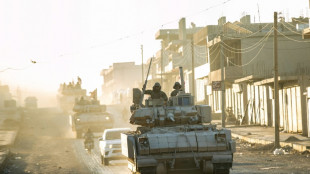
-
 Four killed after spring storms wreak havoc in the Alps
Four killed after spring storms wreak havoc in the Alps
-
Spurs' Popovich reportedly home and well after 'medical incident'

-
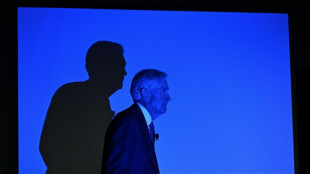 Trump goes to war with the Fed
Trump goes to war with the Fed
-
Celtics chase second straight NBA title in playoff field led by Thunder, Cavs

-
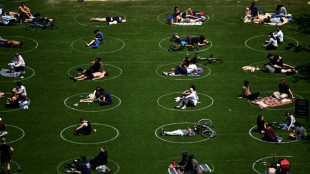 White House site blames China for Covid-19 'lab leak'
White House site blames China for Covid-19 'lab leak'
-
Norris edges Piastri as McLaren top Jeddah practice

-
 Trump warns US could ditch Ukraine talks if no progress
Trump warns US could ditch Ukraine talks if no progress
-
Judge denies Sean 'Diddy' Combs push to delay trial

-
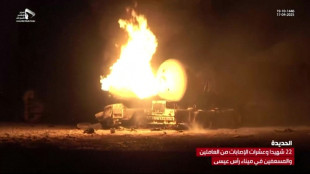 80 killed in deadliest US attack on Yemen, Huthis say
80 killed in deadliest US attack on Yemen, Huthis say
-
Lebanon says two killed in Israeli strikes in south

-
 Trump says US will soon 'take a pass' if no Ukraine deal
Trump says US will soon 'take a pass' if no Ukraine deal
-
F1 success is 'like cooking' - Ferrari head chef Vasseur

-
 Cycling mulls slowing bikes to make road racing safer
Cycling mulls slowing bikes to make road racing safer
-
Macron invites foreign researchers to 'choose France'
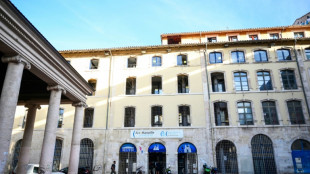
-
 Klopp 'happy' in new job despite Real Madrid rumours: agent
Klopp 'happy' in new job despite Real Madrid rumours: agent
-
Alcaraz into Barcelona semis as defending champion Ruud exits

-
 Vance meets Italy's Meloni before Easter at the Vatican
Vance meets Italy's Meloni before Easter at the Vatican
-
Evenepoel returns with victory in Brabantse Pijl

-
 Maresca confident he will survive Chelsea slump
Maresca confident he will survive Chelsea slump
-
Mob beats to death man from persecuted Pakistan minority
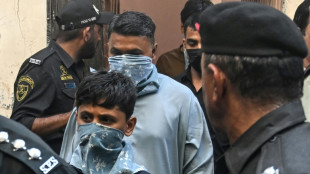
-
 Lebanon says one killed in Israeli strike near Sidon
Lebanon says one killed in Israeli strike near Sidon
-
Arsenal's Havertz could return for Champions League final

-
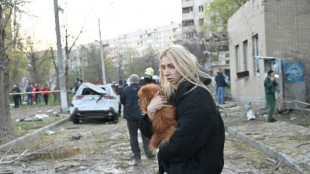 US officials split on Ukraine truce prospects
US officials split on Ukraine truce prospects
-
Client brain-dead after Paris cryotherapy session goes wrong
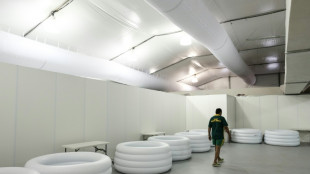

Lebanon's past echoes its grim present in exhibition
In a war-scarred Beirut heritage house turned museum, archives of Lebanon's troubled past fuse with artistic depictions of its grim present to portray a country seemingly in perpetual turmoil.
Newspaper clippings, film negatives and diary entries from the years before Lebanon's 1975-1990 civil war tell a story of government corruption, public sector strikes and student protests.
They are shown alongside contemporary pictures, video footage and art installations illustrating today's Lebanon, in the grip of political paralysis and its worst ever economic crisis.
"Allo, Beirut?", which premiered Thursday and runs until 2023, seeks to map out the decades-old rot at the heart of Lebanon's downward spiral, said the exhibition's director Delphine Abirached Darmency.
"It's strange sometimes to explain what we are experiencing without knowing what happened in the past," she said.
"Beirut is suffering, we are suffering," she added, arguing that much of Lebanon's misery is rooted in the problems of a bygone era.
The exhibit was born in part from the discovery of the archives of late billionaire Jean Prosper Gay-Para, who owned the once-famous Les Caves du Roy nightclub and is widely regarded as a symbol of Lebanon's pre-civil war golden era.
"Those sick minds, obsessed with making money," Gay-Para writes about the country's political elite, in a text on display.
That sentiment is still widely shared by a population battered by the unprecedented economic crisis that is widely blamed on the country's business and political barons.
Gay-Para "was talking in the 1960s about what we are living today", Darmency said.
- 'Condition of loss' -
More than three decades after the devastating civil war, Lebanon is reeling from a financial crisis that has seen poverty spike as the currency has lost more than 90 percent of its value on the black market.
Beirut also remains scarred by the huge 2020 portside blast of a pile of ammonium nitrate that killed more than 200 people and compounded a population exodus of a similar scale to that of the civil war period.
In addition to the archive material, the show features installations by young Lebanese artists who were asked to express their feelings about their city.
Rawane Nassif made a short documentary about the Beirut neighbourhood she grew up in, and to which she returned this year after two decades away to take care of her sick parents, both of whom have since died.
"The movie depicts the condition of loss," the 38-year-old anthropologist and filmmaker told AFP. "Beirut is in mourning. It is mourning the death of its people and the death of all the chances it once had."
Visual artist Raoul Mallat, 28, also explored the theme of grief, in a short film combining archive family footage from his childhood with recent shots of Beirut.
"This project helped me a lot in grieving some aspects of my city that I will not find again," he said.
- 'Built on rubble' -
The venue for the exhibit is itself a testament to Lebanon's complicated past. The three-storey Beit Beirut, known as the Yellow House, was built in the 1920s by renowned architect Youssef Bey Aftimos.
Riddled with bullet holes and other civil war damage, it stands alongside what used to be known as the "Green Line" that separated Beirut's Muslim and Christian districts during the conflict.
It was renovated and turned into a museum and cultural space that temporarily opened in 2017. It closed again due to difficulties, but the new exhibit has once more opened it to the public.
Holes in the walls once used by wartime gunmen have been fitted with screens showing footage of the unprecedented protest movement of 2019 that demanded sweeping political change before it ran out of steam.
One of the rooms is decorated with worn-out furniture and destroyed objects collected from the now-abandoned Les Caves du Roy nightclub in an attempt to recreate the space from Beirut's heyday.
The installation by Lebanese artists Rola Abu Darwish and Rana Abbout aims to make a symbolic statement about rubble and Lebanon's tumultuous existence.
"Beirut is built on rubble," said Abu Darwish, 38. "One of the main elements of Beirut to me is rubble.
"It's part of where we live, how we live, and who we are. And I feel that in the direction we're going, we are going to be making more rubble."
A.Rodriguezv--AMWN